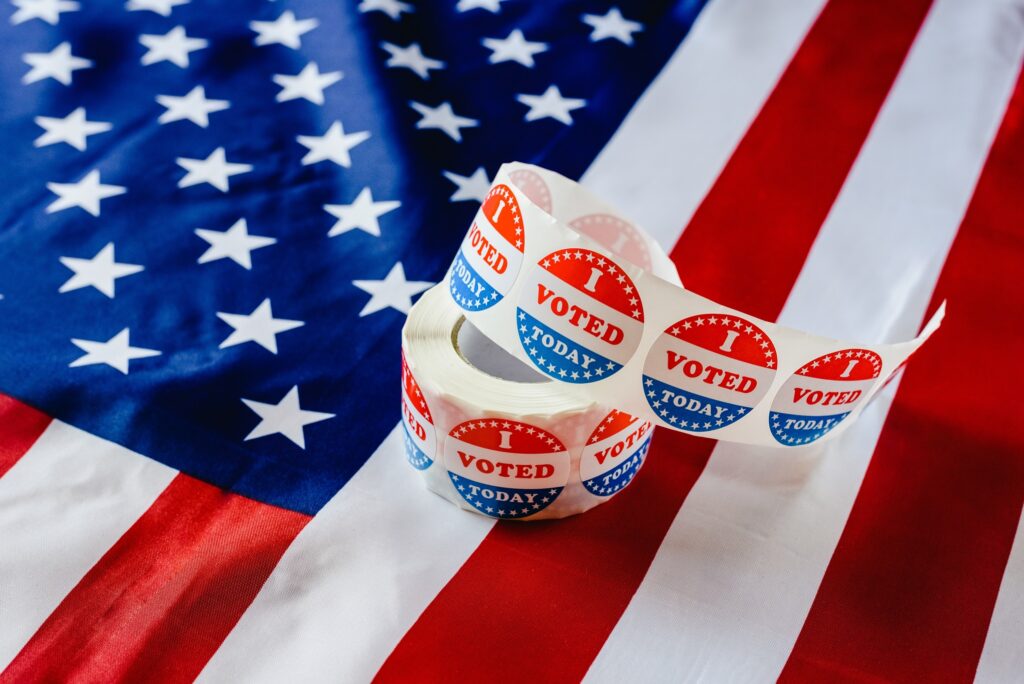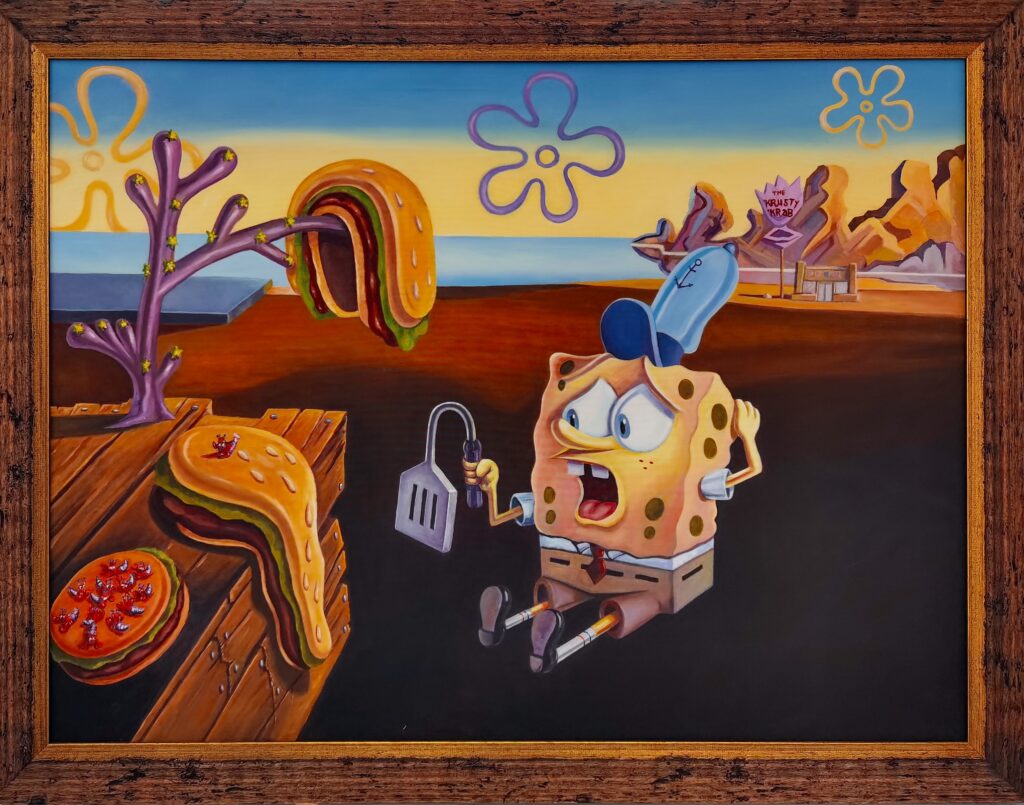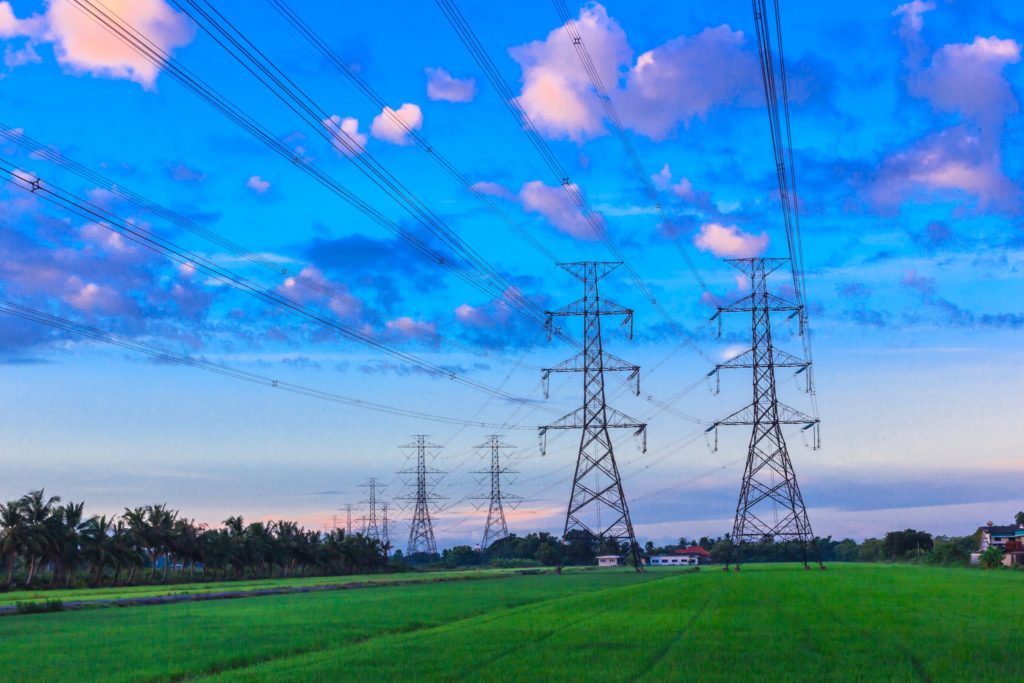Three reasons not to pass the Farm Bill
Next week, the latest iteration of the Farm Bill will head to the floor of the U.S. House. This is the usual bundle of legislation that includes dozens of agricultural subsidies, loans, loan forgiveness programs, and other programs meant to help the American farmer. But the last thing we need another bill that will give billions of taxpayer dollars to the 1% of Americans who put “farmer” down as their occupation on the census. Here’s three reasons why.
1. The farm bill raises the cost of food
Ever wondered why the cost of milk keeps going up? A decade ago, a gallon of milk cost around $2.67, according to the Bureau of Labor Statistics and the Consumer Price Index. Today? It’s closer to $3.43 (though in D.C. it’s more than $4), and we’re not talking about the fancy-schmancy organic stuff that hippies buy. Undoubtedly, some of the rise has to do with more general government actions and general market forces, it also has to do with a government program called the “Dairy Price Support Program.”
Going on the basic principle of supply and demand, the government buys up dairy products…thus keeping the demand of dairy products high. And that’s in the current Farm Bill.
It’s not that much different from corporate subsidies from struggling taxpayers to well-off corporations—these ones just raise the cost of dinner instead of raising interest rates.
2. It will damage our environment
Speaking of those crop insurance programs, did you realize that they also encourage farmers to damage the environment? Sounds funky, but something that R Street looks for in the Farm Bill is that there are “conservation compliance” provisions. This would ensure that farmers wouldn’t break in environmentally sensitive real estate, which would increase the risk of the farm going bad…and that would only increase the demand for more crop subsidies. Not to mention hurting Mother Nature, who we should all be looking out for.
These compliance provisions were in the old plan of direct payments, and they should remain in the current one.
3. Farmers are already well off
The image of farmers lacking money and being destitute is a highly inaccurate one. Take this note: Sen. Rand Paul, R-Ky, wants to limit subsidies to those with less than $250,000 in income. Those above account for 9% of subsidy recipients…yet take in one-third of crop insurance benefits.
Who are some of these high-income recipients? They include former president Jimmy Carter, Agriculture Secretary Tom Vilsack, comedian Jack Benny, and the Rockefellers—yes, the Rockefellers, one of the richest families in America. There’s also Riceland Foods, Inc., a company that made over a billion dollars in sales last year (in rice, naturally), but also received over half a billion in subsidies over the past seventeen years.
Some of the money has also gone to politicians, like Sen. Chuck Grassley, R-Iowa, Rep. Doug LaMalfa, R-Calif., and Rep. Stephen Fincher, R-Ten. Fincher received $3.5 million from 1999-2012, including $70,000 last year in direct payments. LaMalfa received $188,570 last year alone. And some of the money has also gone to environmental groups like the National Audobon Society and the Nature Conservancy—definitely not farmers.
The Heritage Foundation has a good round-up of these big name welfare recipients.
The idea is that farm subsidies are something like welfare, for poor farmers who are trying to put food on their plate—and the plates of millions of Americans. But the reality is just the opposite.
Are there any good things in the farm bill? Well, yes—it does cut away the $50 billion in direct payments to farmers that were not properly vetted. It makes improvements to stamp out fraud in the food stamp program, though we wouldn’t need as much of it if we didn’t artificially raise the price of food to begin with. These, however, are serious issues that need to be addressed.






